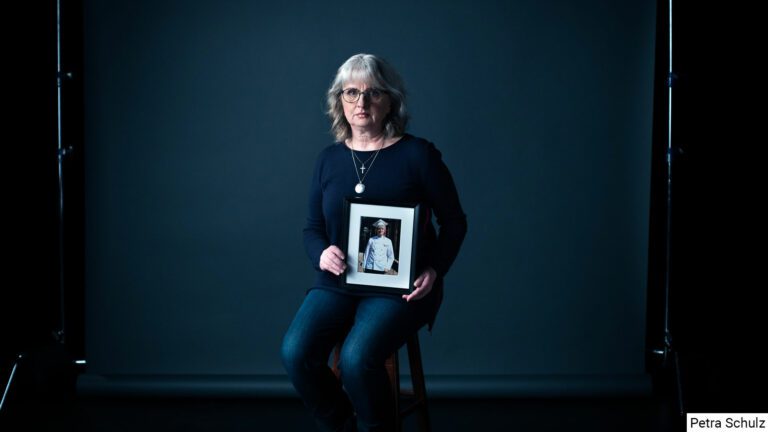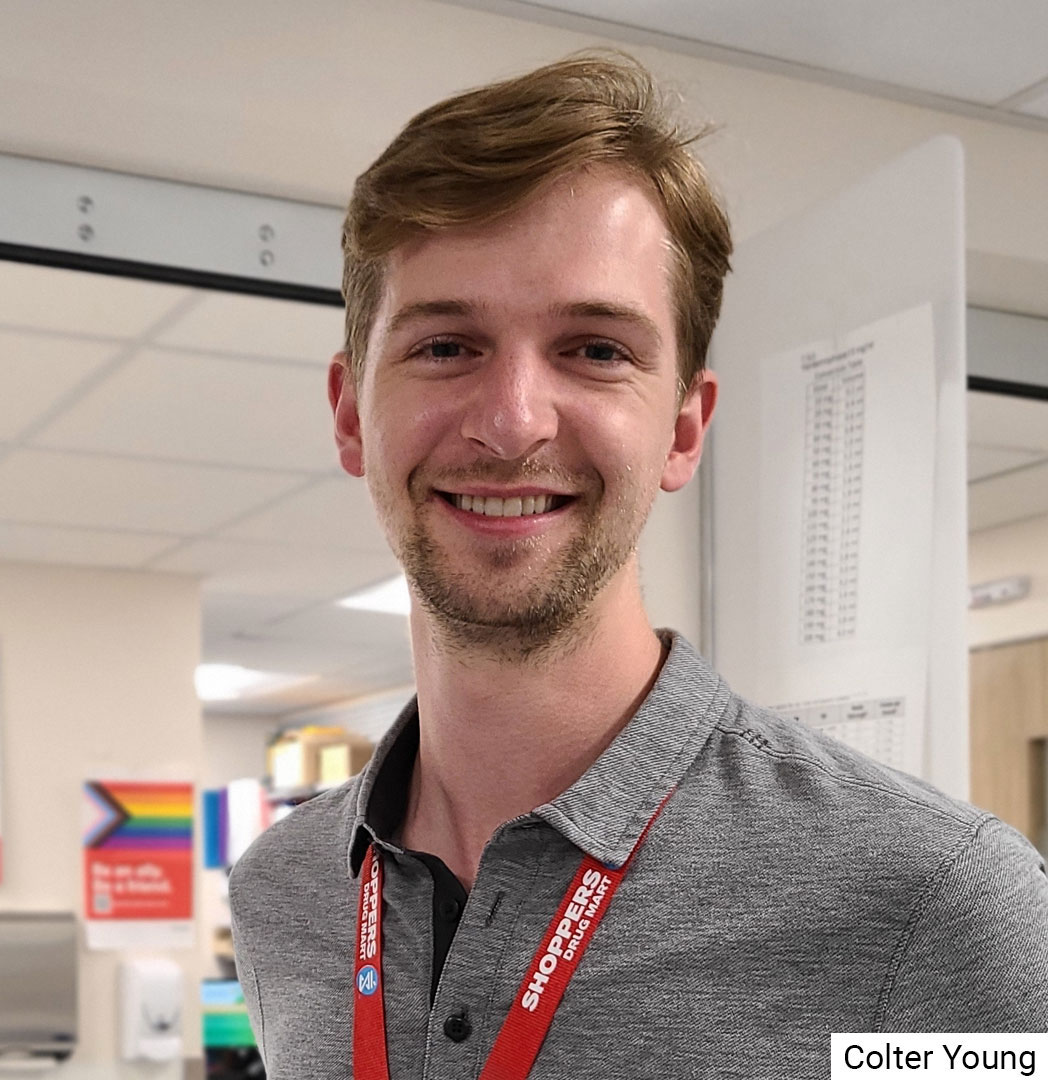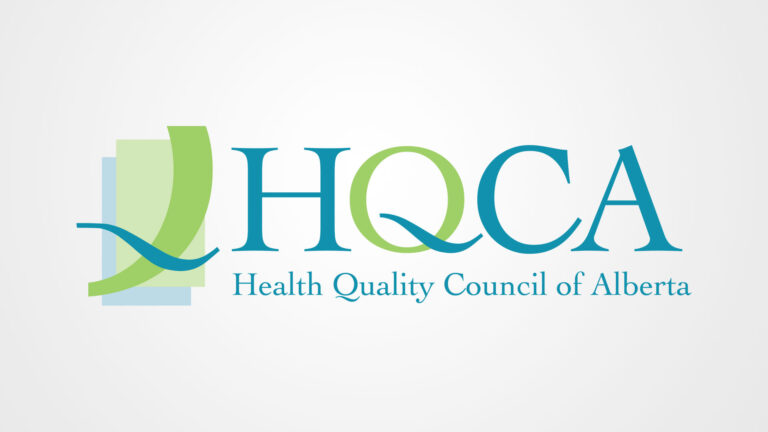
Petra Schulz wasn’t always so well versed in harm reduction, but that changed about seven years ago when she lost her son Danny to an accidental fentanyl overdose.
She started to tell Danny’s story to the media, and through that she found two other mothers who had also lost sons to overdoses. With these women, Petra felt that she was finally talking with people who understood her, and she also discovered the importance of peer support. The three of them created Moms Stop the Harm.
“We started to reach out to other mothers often through news stories,” Petra recalled. “We asked these families if they wanted to work with us.”
Moms Stop the Harm advocates for evidence-based drug policy, provides peer support for families who have lost loved ones, and offers support to families with a loved one still using.
“Harm reduction to me is to meet people where they are at; it is a relationship,” explained Petra. “It is coming to the person and saying, ‘Okay, this is where you are. What can we do to keep you as safe as possible and support you as much as possible?’”
 Meeting people where they are is also how Colter Young begins to explain harm reduction. Colter is a pharmacist with Shoppers Drug Mart who works closely with two Alberta Health Services sites: the Opioid Dependency Program (ODP) and the Injectable Opioid Agonist Treatment (iOAT) Clinic. The iOAT clinic closed to new patients after its funding was withdrawn.
Meeting people where they are is also how Colter Young begins to explain harm reduction. Colter is a pharmacist with Shoppers Drug Mart who works closely with two Alberta Health Services sites: the Opioid Dependency Program (ODP) and the Injectable Opioid Agonist Treatment (iOAT) Clinic. The iOAT clinic closed to new patients after its funding was withdrawn.
“Harm reduction is a non-judgemental, client-centred approach that acknowledges the complex nature of substance use,” said Colter. “It accepts that abstinence is not always the goal and seeks to minimize the associated harms of continued drug use not only for the individual themselves but also for others.”
Essi Salokangas is a pharmacist with the Addiction Recovery and Community Health (ARCH) Team at the Royal Alexandra Hospital in Edmonton. ARCH is a multi-disciplinary specialty consult service providing care to individuals who are experiencing substance use disorders and/or social inequity in the emergency department and in the hospital.
Essi describes harm reduction as having two components.
“One is the practical strategies aimed at reducing the negative consequences of substance use,” explained Essi. “It’s also a social justice movement that’s built on the belief in and the respect for the rights of people who use substances. So, supporting people in making their own decisions and empowering them with tools that promote safety.”
All agree there are misconceptions about what harm reduction really is.
“There’s been misinformation in the news that harm reduction promotes inappropriate drug use when really it’s fundamentally about reducing harms,” said Colter. “It’s not focused on the drug; it’s focused on people.”
 Essi agrees that some people believe that harm reduction enables and promotes substance use. But while there are misconceptions, Essi believes that society is making progress on understanding harm reduction—once people realize we all practise it all the time.
Essi agrees that some people believe that harm reduction enables and promotes substance use. But while there are misconceptions, Essi believes that society is making progress on understanding harm reduction—once people realize we all practise it all the time.
“We wear helmets when we ride a bike. We wear seatbelts when we drive our cars. We wear lifejackets,” said Essi. “We all practise harm reduction all the time, so it’s unfair that so much stigma has been associated with harm reduction for substance use.”
There are subtle ways that everyone can practise harm reduction, which then leads to building trust and creating safe, non-judgemental spaces.
Colter feels one way to achieve that is to apply the same standard of care to all patients.
“I think that people need to remember that opioid use disorder is like any other condition,” explained Colter. “People didn’t choose to end up with this condition, and they deserve respect and engagement in a non-judgemental manner. There needs to be an active movement to reduce the stigma that surrounds management of opioid use disorder, so that it is looked at no differently than any other condition.”
Petra believes that pharmacies are making progress in this area. When naloxone kits first became available in pharmacies, Petra heard about experiences where families or individuals who picked up kits were questioned about who they were, and why they wanted the kit.
“It’s really important that in a pharmacy, as the first point of contact, you practise a bit of that philosophy of harm reduction. That love, compassion, and care you give that person creates a sense of ‘I’m okay, I can come back here, and I can pick up another kit.’”
For some who use substances, engagement with their pharmacy team may be their most consistent connection to health care. The Alberta College of Pharmacy’s new Opioid Agonist Therapy (OAT) guidelines state that “regulated members should offer harm reduction information and services to minimize potential harms of substance use.”
Colter believes that harm reduction services should be universally available at pharmacies, just as diabetes treatment and products are. For him, that means offering low-barrier access to naloxone kits, safe drug-use supplies such as needles or syringes, and OAT.
“Low-barrier access includes approaching all individuals in a culturally sensitive, trauma informed manner,” explained Colter. “Also developing a supportive and compassionate environment where stigma is actively reduced by providing access to resources in a non-judgemental manner, and ensuring OAT is universally accessible. It means normalizing conversations around opioid and substance use so that barriers, such as judgement, are broken down.”
At the very least, Colter feels that pharmacies should be equipped to provide education and know what supports and referral resources are available in their community, such as the location of OAT clinics or whether there are supervised consumption sites nearby.
Essi sees pharmacists as accessible, highly educated resources in the community.
“I think one of our responsibilities is to provide accurate health information,” explained Essi. “And being open to learning from the real-life experiences of our patients and acknowledging that patients are experts in their care by actively including them in the shared decision-making process.”
As for progress in the awareness of harm reduction, Petra points to a recent Angus Reid poll showing that a majority of Canadians support decriminalization of drugs. While society in general has made progress with attitudes on harm reduction, actual progress is sometimes short lived.
“The supervised consumption site in downtown Edmonton at the Boyle Street Co-op was just closed and everyone has heard about Lethbridge’s site being closed as well,” said Colter. “I think it’s still a battle moving forward. We need to continue to advocate for these services and highlight the existing evidence.”
Moms Stop the Harm will continue their work, and Petra urges pharmacy professionals to remember their moms—and to think how their mom would feel if they lost someone they loved.
“Every time a pharmacy practises harm reduction, every Naloxone kit that is handed out, and every patient kept on opioid agonist treatment, is a life saved and a family that doesn’t have to arrange a funeral.”




